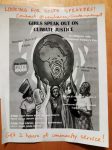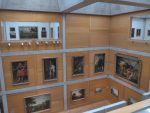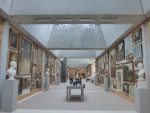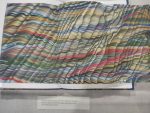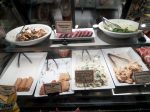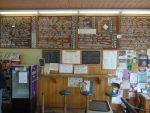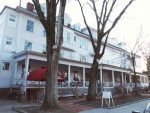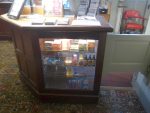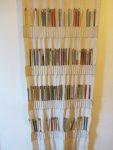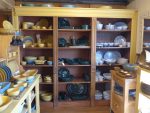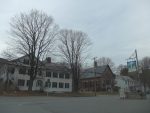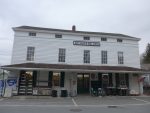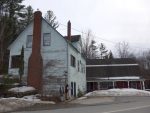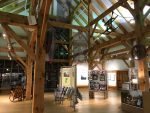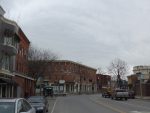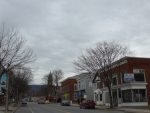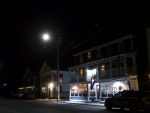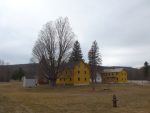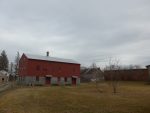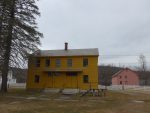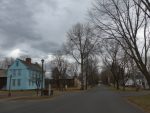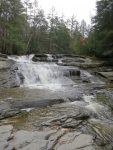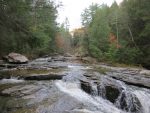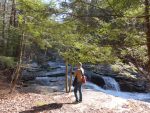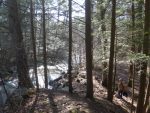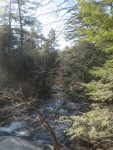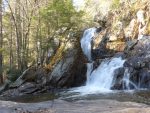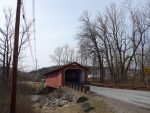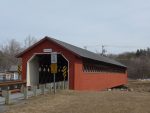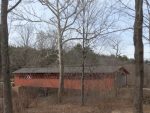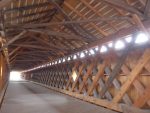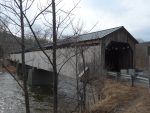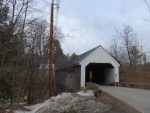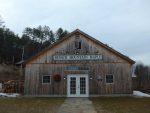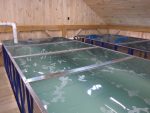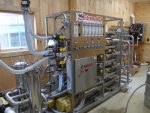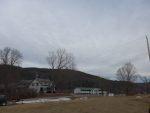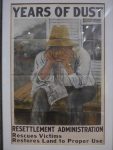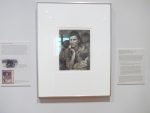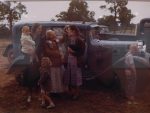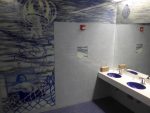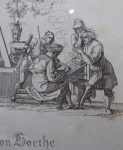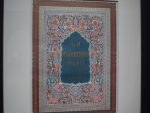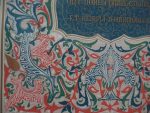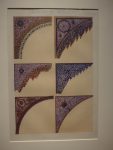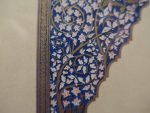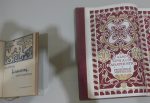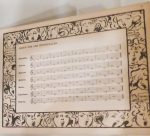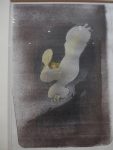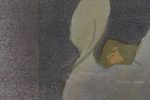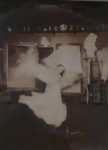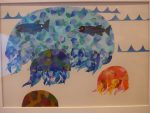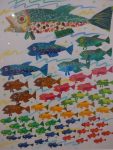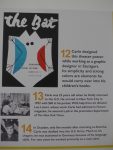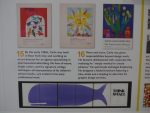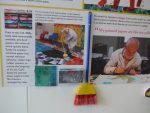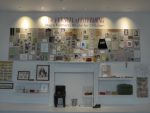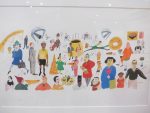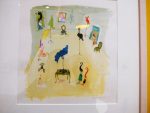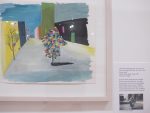We were in New Haven and rural New England just before the Coronavirus started getting bad in the U.S.. Everything was gorgeous, the food was great – I was nearly weeping at all the agrodiversity and local produce and small producers even in the smallest towns, which Berlin doesn’t have – and the people were without exception friendly. The pictures look a little gloomy because this was “mud season”, the time in March that locals as well as guidebooks agree is the only bad time to visit. The beautiful snow has melted, the trees are bare, spring hasn’t started, mud is everywhere, and most sights and many shops and restaurants are closed or have very reduced hours – only in March. On the other hand there are no crowds.
Pictures of the excellent Yiddish Book Center in Amherst are here.
New Haven
Eating in New England
The food everywhere was great and before getting to the beautiful countryside and historic buildings I have to show a couple examples of the outstanding to-go options. People in the U.S. won’t see what’s so special because these things are pretty much everywhere but for me it was a big deal because Germany basically doesn’t have prepared foods except for a few things like ham hocks, a sort of baked bologna loaf called Leberkäse, and tabbouleh in the kebab stands.
Here and there in Massachusetts and Vermont
Umpachene and Campbell Falls
Covered Bridges
Five of Vermont’s 100-odd covered bridges
Maple syrup
March and April are maple tree tapping season. The sap as it comes from the tree is thin and watery and the finished maple syrup is 43 times thicker than the sap. Formerly, the water was extracted by boiling and now the process involves reverse osmosis through filters as well as boiling. I asked why tapping doesn’t harm the trees since they obviously need the sugars in the sap in order to grow, otherwise they wouldn’t bother making it. The answer is that the tapping process only removes a tiny fraction of the sap produced over the course of year; I believe it was something like one one-thousandth.
Smith College Art Museum
Many colleges in New England (and elsewhere) have art museums with small but world-class collections, sort of micro-Louvres, with European, Asian and African masterpieces. The temporary exhibits were on Works Progress Administration art during the Depression, Buddhism, and the Studio Museum of Harlem (not pictured).
Clark Art Institute at Williams College
They have a spectacular collection of French Impressionists but I didn’t take pictures of it. The temporary exhibit was on the history of the arabasque, in the sense of intricate floral designs originally inspired by ornamentation in art and architecture in the Arab world.
The disappointing Eric Carle Museum (Hungry Hungry Caterpillar) and Maira Kalman exhibition
If anyone ever tries to tell you there’s an Eric Carle Museum in Amherst, Massachusetts, don’t believe them. There is a Carle-related museum there but it’s not an “Eric Carle Museum” (author of Hungry Hungry Caterpillar). Instead it’s a quasi-museum – really just a gallery space rather than a museum – of children’s book illustration, which shows just a few of his works at any given time, and has the awkward and confusing name of The Eric Carle Museum of Picture Book Art. It’s not even a “museum of picture book art”, though, because that implies a display of children’s books with some kind of breadth or depth, such as various eras or places, which it does not have at all. Nor is there any survey of Carle’s long career other than some information panels tucked away on a side hallway that I would have walked right out of the museum without noticing if my husband hadn’t spotted it at the last minute. At least they summarize his life and give you some sense of what should be a large permanent exhibition.
Instead, they only mount small temporary exhibitions. For nine dollars there was one room with maybe 25 of Carle’s collages of marine life, one room with a Maira Kalman exhibition, and one which was meant to show youthful work by various illustrators before their career started but “youthful” turned out to mean age five or so. So all you saw was crayon drawings indistinguishable from those by any five-year-old. I don’t know if artists normally display their talent by age five but these ones certainly did not.
The illustrator Maira Kalman, one of my favorites, has drawn for magazines, newspapers, children’s books, and adult books on topics from American history to The Elements of Style (yes, the writing guide by Strunk and White) to the Autobiogrpahy of Alice B. Toklas. Unfortunately the exhibit was almost entirely on her children’s books which are okay but I don’t especially like. Kalman’s style and sensibility are always droll, which is good in the adult works, but in the children’s books there’s so much extra droll piled on that it becomes cloying and precious. I guess it’s fine if children like it but the exhibit didn’t do her justice.
Additional photos of the Kalman exhibit are here.
Umpachene Falls
Connecticut! Massachusetts! Connecticut! Massachusetts!
At Campbell Falls you can stand with one foot in Massachusetts and the other in Connecticut as seen here. You have to turn up the volume and hear what he’s saying for it to make sense.
and at the northernmost point of Denmark you could stand with one foot in the North Sea and the other in the Baltic Sea with their waves going in opposite directions, if it wasn’t 25 degrees (-4 Celsius). Also here you need to hear the audio for it to make sense.
… and the original…





